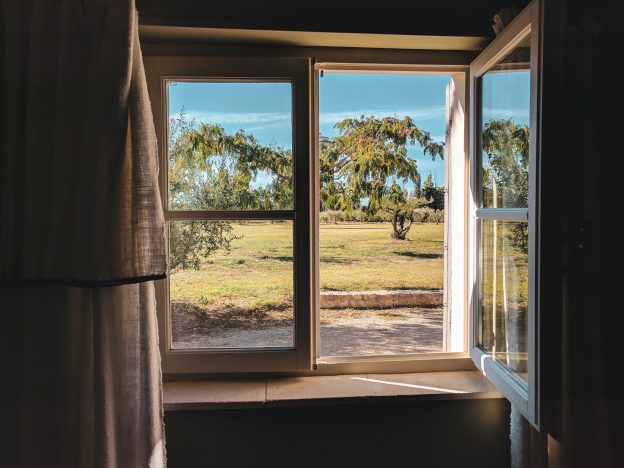Since radon is in the form of gas, it can quickly enter your home through your house’s foundation. It can also pass through the cracks and sealings of your home. Therefore, you need to think of the most effective ways to prevent radon entry. There are simple radon reduction techniques that you can follow, but if the radon level in your home is too high, it would be best to call for radon experts’ advice.
It All Starts With Radon Testing
Whether you think your home has radon or not, it is still recommended to conduct radon testing. Why? If you believe your home is radon-free, you can use radon testing to prove it. With the test results, you can identify the presence of the said radioactive material. If you think your house has radon, you can check its level, thus helping you address the issue through the proper radon reduction techniques.
Radon testing has two types, short-term and long-term. It would be best to do both since each of them has its purpose. The first one is to identify the presence of radon in your home, while the latter is to monitor the gas level continuously. Since radon fluctuates, you cannot tell when the radon level is high; that is why long-term testing is vital.
5 Radon Reduction Techniques to Try at Home
If the result of radon test tells you that your home is positive for the radioactive gas, then it’s time to try the following techniques at home. Some of these can be done by yourself, while others require professional assistance.
Install special traps in the basement floor drains.
If you place traps in the basement floor drains, you can prevent the water from draining from entering the basement. This technique is also known as a backflow restrictor or a one-way valve.
Seal the tops of concrete blocks.
Concrete block walls or CMUs refers to the hollow which provides an open path from the ground/footing to the ceiling or roof system. It is vital to seal these tops using concrete to reduce radon. Know that doing so could be challenging, but you can stuff the open section with newspaper as a stopper, down about 3 inches from the top and filled with concrete to seal them off.
Hire a licensed radon contractor.
You can find DIY radon reduction techniques which apply to your home. But if a professional advise you to install a mitigation system that requires professional assistance, make sure to hire a licensed radon contractor. This way, you can ensure that the mitigation system will be installed properly.
Install a sealed cover over your sump pump.
Some homeowners often observe that the sump pump has two entry points. This includes one from the footing drain, and the other one is under the slab drain. Both of these areas can collect radon gases from the ground, so make sure to cover the sealing lid used to seal around the exit pipe.
Seal all cracks in your basement.
Radon is usually high in the basement because this gas can be found in soil. To get rid of this gas, you need to seal the cracks along the basement perimeter walls. Also, consider the following areas:
- around posts through concrete
- chimney
- cracks in the concrete floor
- floor drain
- main electrical entry point
- main plumbing pipe entry point
- sump pump cover
Radon is the second leading cause of cancer in the United States. That’s why the World Health Organization, together with other health and environmental groups, encourage everyone to make each home radon-free. This is possible through radon reduction techniques which homeowners can do. If you need any help, you can contact the radon expert from your state.







